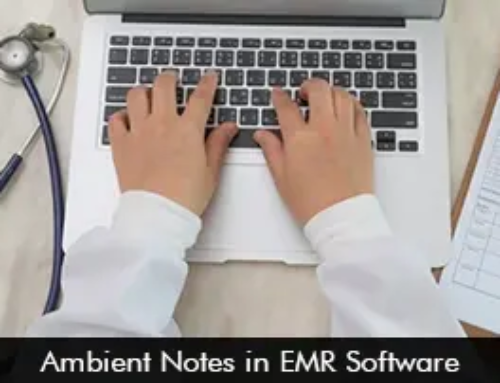Electronic health records (EHRs) have emerged as significant tools in the digital healthcare era, revolutionizing the way patient information is collected, stored, and analyzed.
How EHRs Help Improve Population Health Management
EHRs serve an important role in community health management in addition to their core purpose of aiding individual patient care. EHRs enable healthcare organizations to gather useful insights, make informed decisions, and implement targeted treatments to improve the health outcomes of entire populations by aggregating and analyzing data from many sources.
In this blog, we will explore the various ways in which EHRs can enhance population health management. Some of the key aspects discussed in this article are as follows:
- Comprehensive data collection and integration risk stratification and predictive analytics
- Care coordination and population outreach
- Quality reporting and performance monitoring
- Population health research and public health initiatives
Comprehensive Data Collection and Integration:
EHRs act as centralized repository for patient data, collecting information from many sources such as hospitals, clinics, laboratories, and pharmacies. EHRs provide a comprehensive perspective of the population’s health state by smoothly integrating data from several healthcare providers. This helps healthcare institutions to discover patterns, assess risk factors, and obtain a comprehensive picture of the population they serve.
Risk Stratification and Predictive Analytics:
Advanced analytics capabilities in EHRs enable risk stratification of patient populations. EHRs can identify persons at high risk for specific diseases or conditions by evaluating historical data. This data allows healthcare practitioners to intervene proactively, employing preventative measures and tailored interventions to reduce risks and enhance population health outcomes. Furthermore, EHR-powered predictive analytics can foresee disease patterns and assist in resource allocation for community health management projects.
Care Coordination and Population Outreach:
EHRs make it easier for healthcare providers to communicate and coordinate patient care. The use of a common platform allows practitioners to work together on population health initiatives, exchange best practices, and plan interventions for particular populations. Automated notifications and reminders are also made possible by EHRs, ensuring that immunizations, follow-up visits, and preventive screenings are done on time. EHRs also allow for population outreach by way of patient portals and secure messaging, providing people with access to educational materials, appointment reminders, and tailored health advice.
Quality Reporting and Performance Monitoring:
Healthcare businesses can assess their performance and adherence to quality metrics thanks to the strong reporting tools offered by EHRs. EHRs enable tracking of key performance metrics, benchmarking against industry standards, and identifying areas for improvement by evaluating population-level data. This data makes it easier to make decisions based on the best available evidence, allocate resources, and carry out focused interventions to improve population health management.
Population Health Research and Public Health Initiatives:
When aggregated and anonymised, EHRs can be an important source of data for population health studies. Researchers can use de-identified patient data to explore illness patterns, pinpoint risk factors, and assess the efficacy of therapies. EHRs promote public health initiatives by simplifying contact tracing, enabling early epidemic detection, and assisting public health organizations in their efforts to manage and control infectious illnesses.








